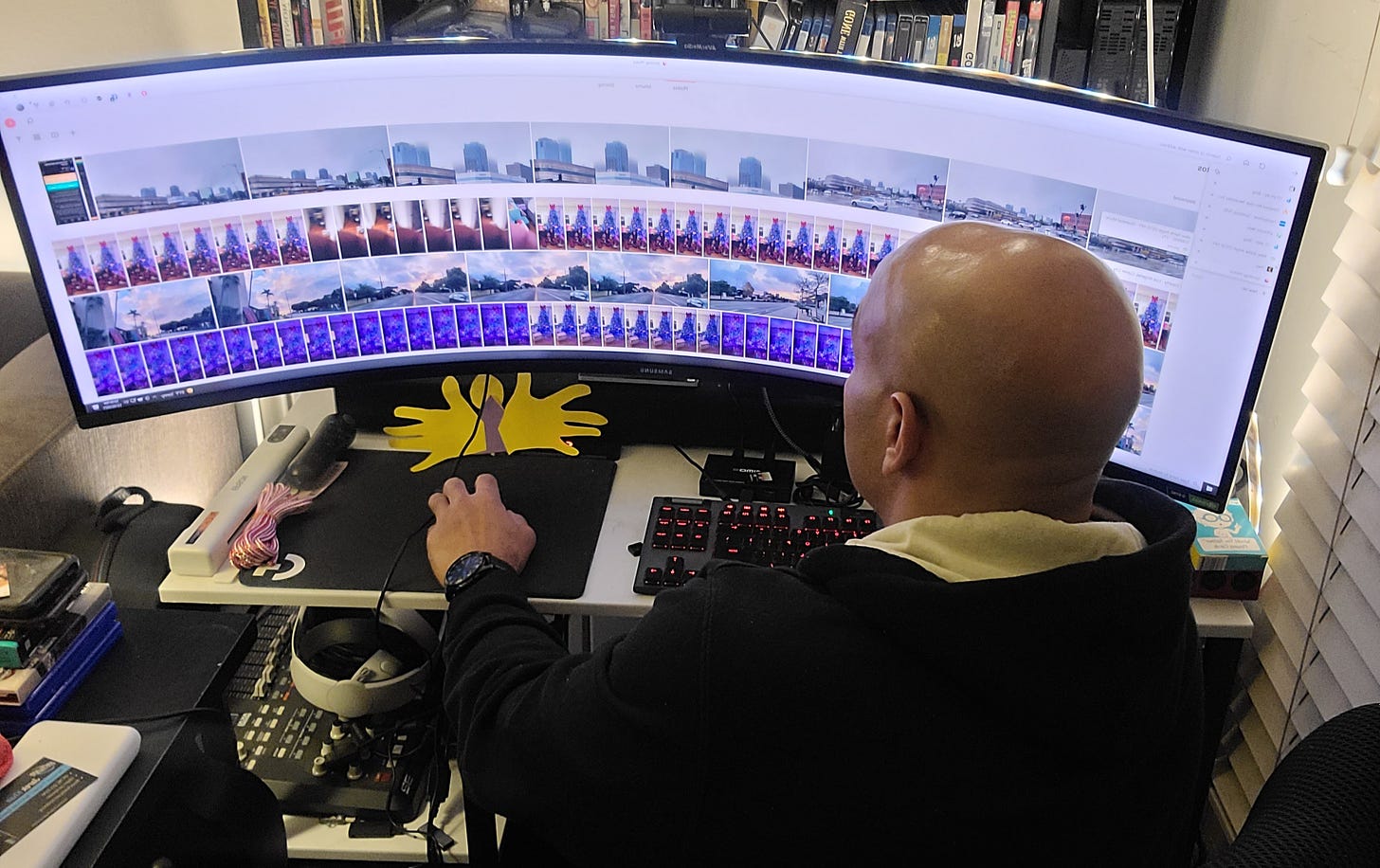If you’re like me, you shot 1000s of photos and videos in 2021. And if you’re like most, you’re not really sure how to find them.
Reader Jarek writes in: “I have a conundrum. How do you organize your photos? Do you use folders, subfolders, etc? I used to use Picasa which would automatically take all my photos and put them i…
Keep reading with a 7-day free trial
Subscribe to Jefferson Graham's PhotowalksTV newsletter to keep reading this post and get 7 days of free access to the full post archives.




